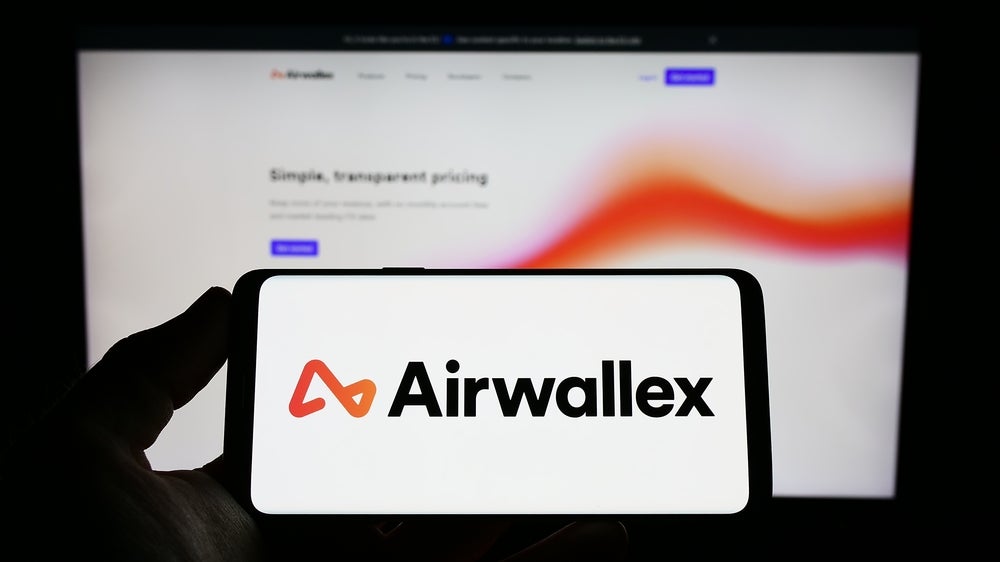The Colombian market offers huge scope for cards growth in the next five years as government efforts to encourage financial inclusion and the growing popularity of prepaid cards gather pace
In 2013, Colombia surpassed Argentina to become the third-largest economy in Latin America and was the fourthhighest recipient of foreign direct investment, with $17bn in the same year. Of the total population of 47.2 million, however, the unbanked population accounted for nearly 35% of the adult population in 2013, according to the Colombian Banking Association. The low banking penetration levels present banks and card issuers with growth potential.
Banks have stepped in to take advantage of this large untapped market, having introduced a number of cards targeting the unbanked population. The leading card issuers pushed for growth by offering improved products, services and marketing campaigns, while the government encouraged electronic payments through its financial inclusion plan. Consequently, Colombian payment cards registered healthy growth during the period 2009 to 2013 and are anticipated to continue the same trend over the period 2014 to 2018.
In terms of the number of cards in circulation, Colombian payment cards (including debit and credit cards) registered growth from 2009 to 2013, recording a compound annual growth rate (CAGR) of 8.05%, and increasing from 22.6 million in 2009 to 30.8 million in 2013. Growth in the industry is expected to be driven by growth in the retail sector, an increasing demand for debit and credit cards, a better regulatory framework, an increasing market for online and mobile commerce, and a positive economic outlook.
In 2013, the average transaction value (ATV) in Colombia was $121, which was the second-highest in Latin America. Peru recorded the highest ATV with $144.3; Chile was in third place ($82.4), followed by Venezuela ($71.4), Brazil ($69.6) and Argentina ($50).
Similarly, in terms of card penetration, Colombia recorded 0.7 cards per inhabitant in 2013, while Brazil, Argentina, Chile, Venezuela
and Peru recorded 2.6, 1.4, 1.3, 1.1 and 0.6 respectively.
How well do you really know your competitors?
Access the most comprehensive Company Profiles on the market, powered by GlobalData. Save hours of research. Gain competitive edge.

Thank you!
Your download email will arrive shortly
Not ready to buy yet? Download a free sample
We are confident about the unique quality of our Company Profiles. However, we want you to make the most beneficial decision for your business, so we offer a free sample that you can download by submitting the below form
By GlobalDataIn terms of the frequency of use, Colombia recorded 28.7 transactions per card in 2013, while Venezuela, Argentina, Chile, Peru and
Brazil recorded respective numbers of 61.2, 42.3, 37.6, 30.2 and 23.7.
Cash remained the most popular method of payment for the majority of Colombians between 2009 and 2013. This was primarily due to cash transactions being exempted from the financial transactions tax – cash withdrawals from banks are taxable, however.
Cash was primarily used for making small-value payments at retailers, for the payment of utility bills, taxes and transport fares. The use of cash was predominant especially among the rural population. This was primarily due to a lack of knowledge of other payment instruments, such as payment cards, or minimal to no access to banking infrastructure. As the government and banks began the process of providing basic financial access to this unbanked population, by expanding banking infrastructure such as ATMs, the appointment of correspondent agents, launching new branches, and making concentrated efforts to change payment habits ofColombian consumers, payment cards began to be gradually accepted, with their use consequently growing from 2009 to 2013.

Colombian payment cards grew both in terms of transaction value and volume from 2009 to 2013. In terms of transaction value,
payment cards posted a CAGR of 10.1%, increasing from COP136.9trn ($63.4bn) in 2009 to COP201.1trn in 2013. It is anticipated
that this value will increase at a CAGR of 3.91% over the period from 2014 to 2018, to reach COP246.3trn. In terms of transaction volume, payment cards increased from 636.2 million in 2009 to 885.2 million in 2013, a CAGR of 8.61%. This is expected to reach 1.1 billion transactions in 2018, growing at a CAGR of 4.1% from 2014 to 2018.
Government plan expected to support the growth of payment cards
Through its financial inclusion programme, the Colombian government is making efforts to reach the country’s unbanked population.
To increase banking penetration, it launched the La Banca de las Oportunidades (Opportunities Banking) policy in 2009. Under the
policy, banks have been given permission to offer essential financial services in rural areas by appointing independent agents knownas corresponsales no bancarios (correspondent agents). These agents include supermarkets, retail stores, pharmacy stores and petrol stations.
Furthermore, the government has identified access to financial services as a top priority, and encouraged initiatives that made bank accounts essential for every individual. For instance, the two important governmentsponsored conditional cash transfer programmes
for the poor, Familias en Acción and Subsidio Condicionado a la Asistencia Escolar-Bogotá, pay cash benefits through bankaccounts. With the government’s initiatives and support offered by banks, the use of cash gradually declined from 2009 to 2013, while the share of payment cards increased during the same period, in terms of transaction value.

Growth prospects in the prepaid cards market
Prepaid cards are gaining popularity among Colombian consumers. Banks offer a range of prepaid card variants, such as gift cards,
transport cards, food cards, fuel cards and shopping cards, and don’t insist on having an account with them to issue these cards.
Likewise, the majority of Colombian companies offer prepaid cards to their employees as part of their salary packages. These cardsare offered to meet food and fuel expenses. BBVA Colombia and Banco Davivienda offer Visa-branded prepaid cards called ‘Visa Vale’ to their employees.
The growth of the prepaid card market has attracted new entrants. The US-based Latin American prepaid service providerNovoPayment launched its Colombian operations in 2009. The company offers three reloadable MasterCard-branded prepaid corporate cards: the Plata Combustible (money-fuel); the Plata Compras (moneypurchases) cash management card; and the Plata Clásica payroll card for the unbanked population.
Mobile payment services to the unbanked offers growth prospect
Colombia, with its high mobile penetration level of 112.1% in 2013, offers potential for mobile payment services. There are three reasons conducive to the growth of m-payment services. First, the economy is advancing rapidly, resulting in the growth of disposable incomes. Secondly, a large percentage (35%) of the population is unbanked, representing a huge potential of newcustomers for banks and financial institutions. Thirdly, mobile culture is deeply rooted within the country.
A distinctive feature of the country’s banking industry which will drive the adoption of mobile financial services is the correspondent
agent networks. Correspondent agents are allowed to provide banking services on behalf of banks, such as opening savings accounts, cash deposits and withdrawals, and bill payments. Furthermore, growth prospects are attracting international entrants into the country. The US-based mobile network operator YellowPepper entered into an agreement with 12 banks in August 2013 tointroduce a mobile payment card called Socia, which primarily targets the unbanked population.
Rising adoption of contactless technology to drive the payments industry
Contactless technology is emerging in Colombia and is expected to be an important driver in the cards and payments industry.
Bancolombia issued the first Master- Card-branded Maestro PayPass debit card in March 2013, which was supplied by Morpho, a high-technology company owned by Safran. The card is based on tap-and-go technology.
Similarly, contactless technology is also being used in the local transit system. Following the successful programme in Bogota, the Masivo Integrado de Occidente (MIO) city bus network in Cali awarded a contract to ASK, a contactless technology provider for the transport and identity sectors in October 2014 to supply transport cards enabled with contactless features. Cali is Columbia’s third-largest city, with 2.5 million inhabitants. MIO’s fare system is operated by Unión Temporal de Recaudo y Tecnología, the country’s third-largest bus operator.
Targeting selective niche markets
The Colombian cards and payments industry is currently underexplored by card issuers. To increase market share, banks arelaunching cards targeting specific consumer groups. Niche markets such as female-only cards, cards targeting specific age groups,
and gift cards are gaining popularity. Banco Davivienda, for example, offers an exclusive card for women, while BBVA Colombia targets SMEs, and Banco de Bogotá targets students and younger people. Banks will continue to offer such products with systematic segmentation and customised offers to drive growth in the industry.







